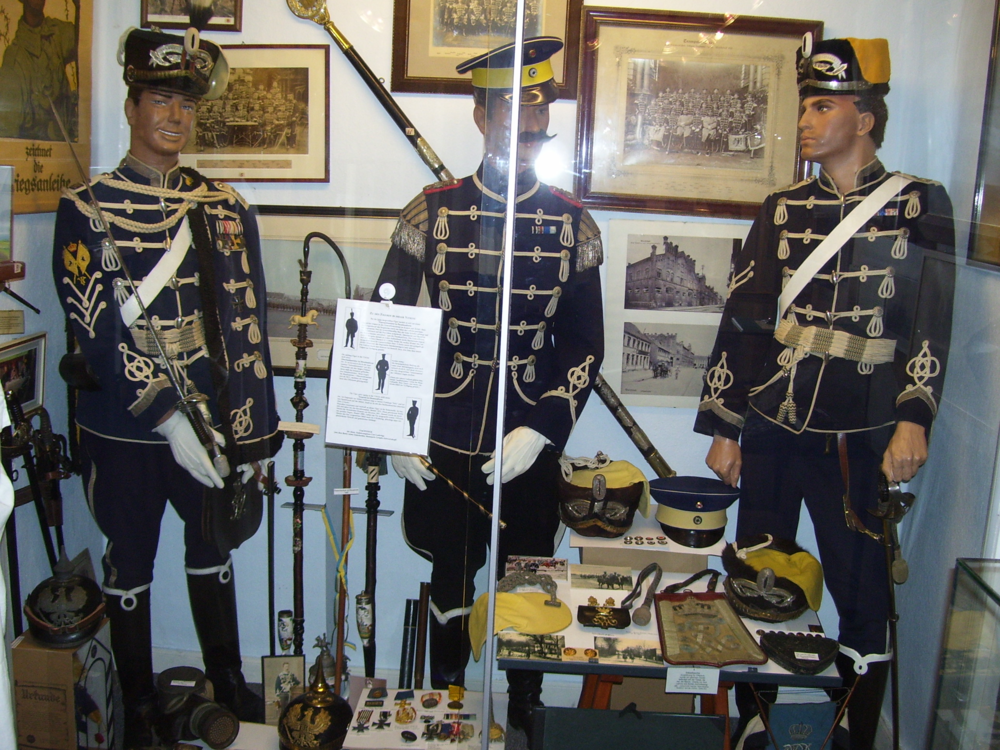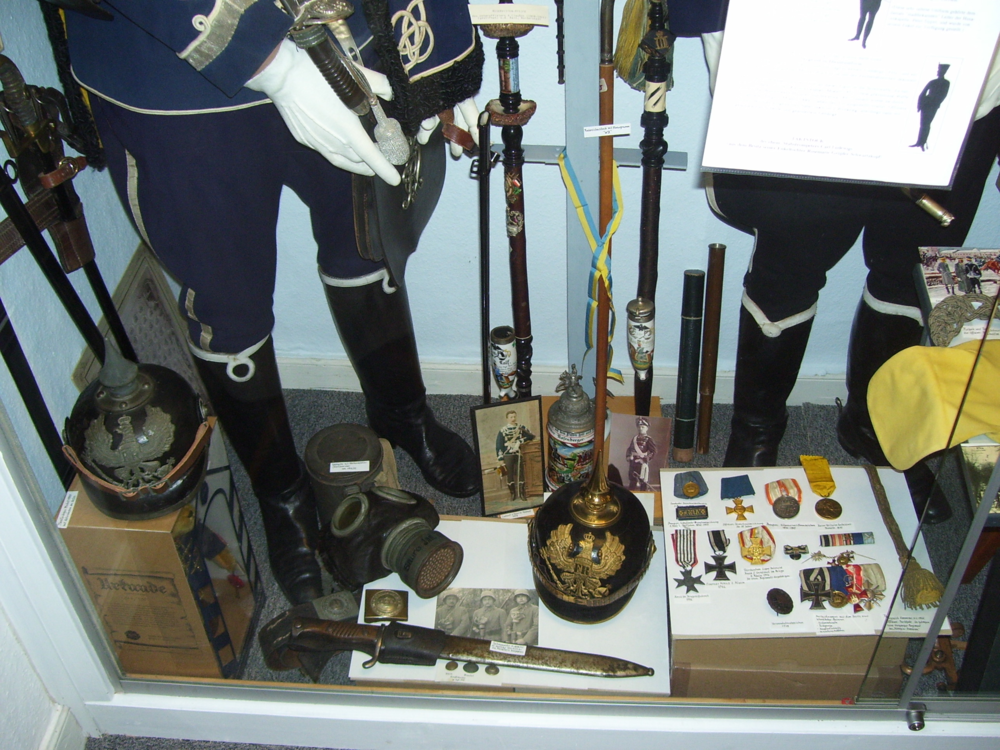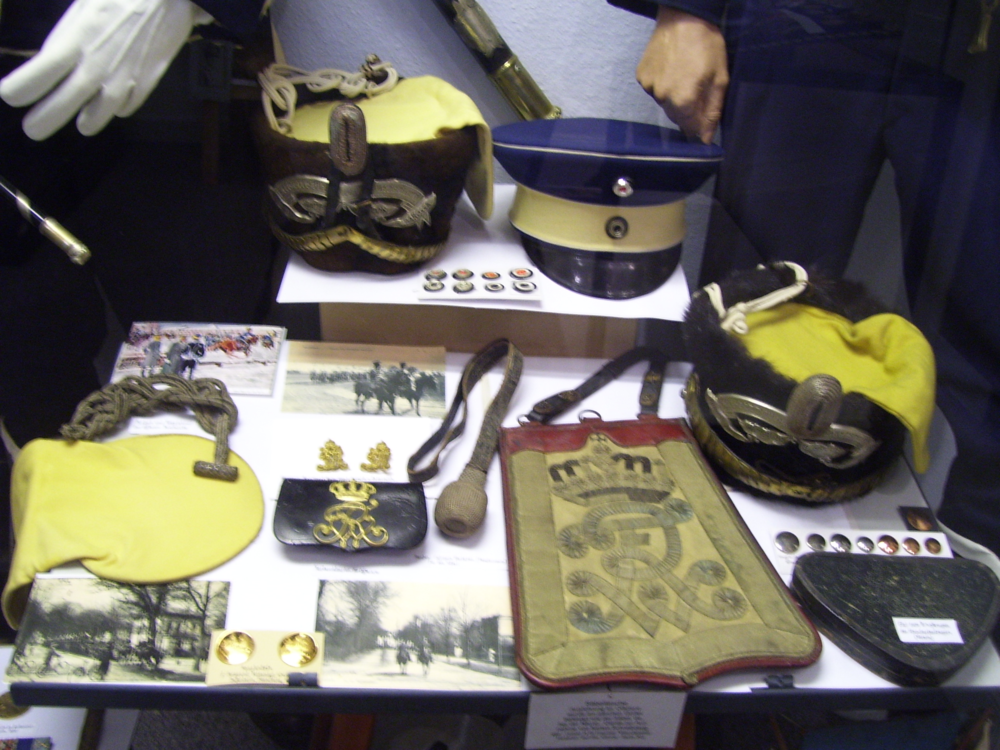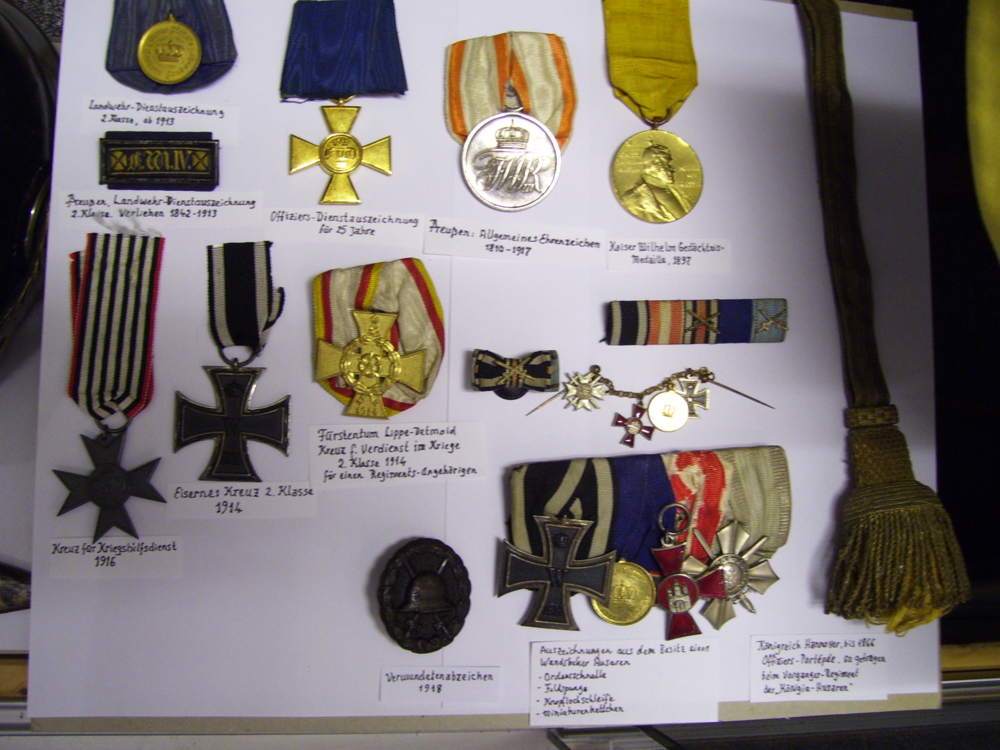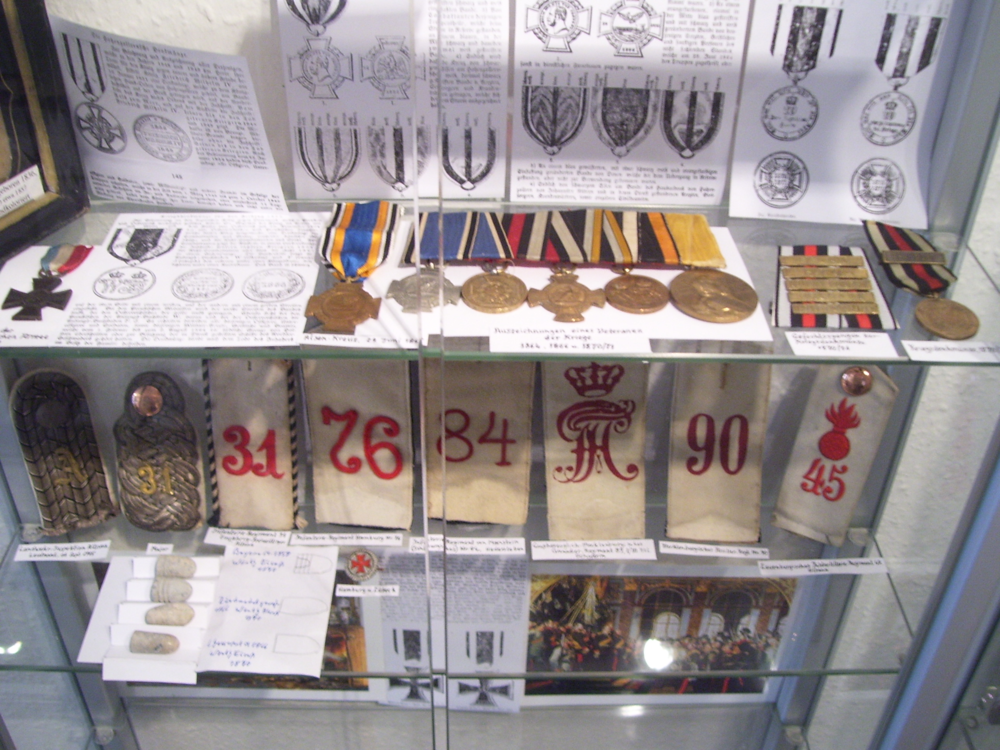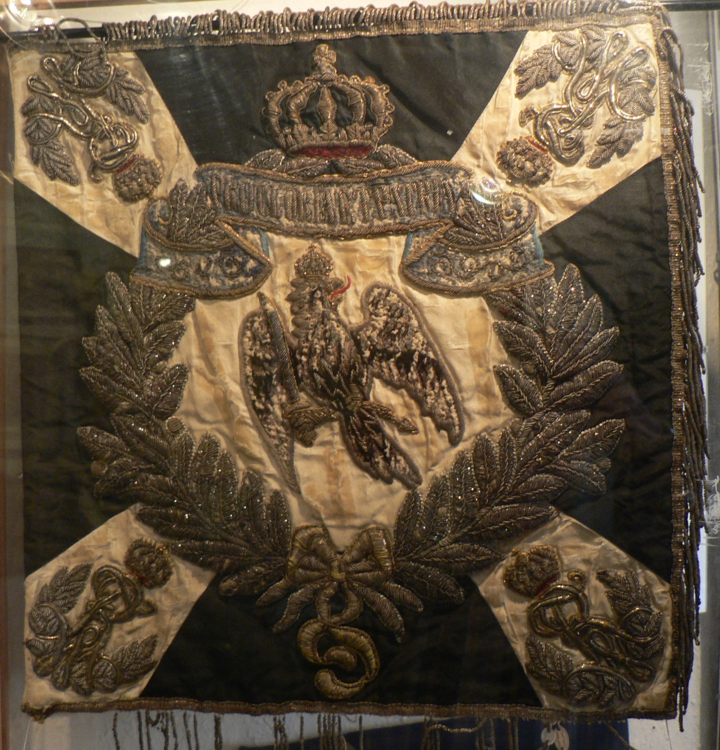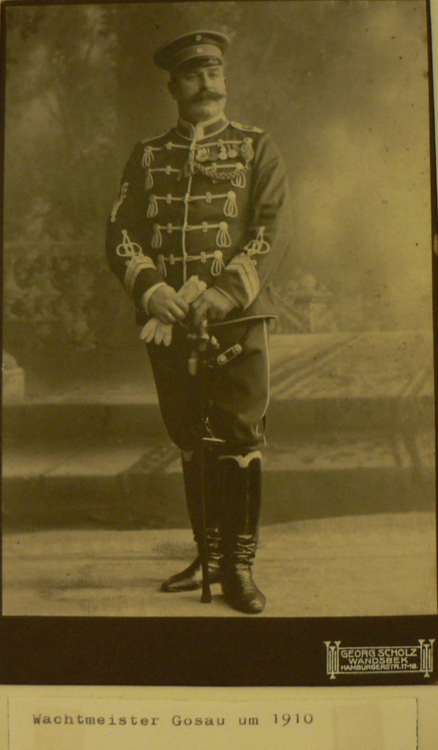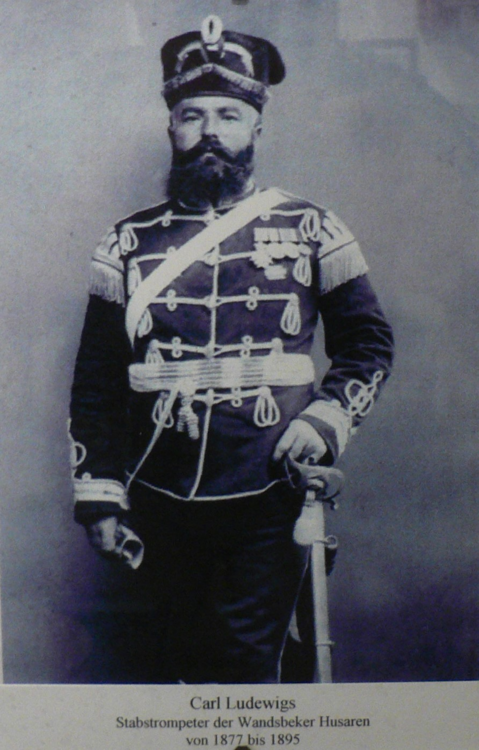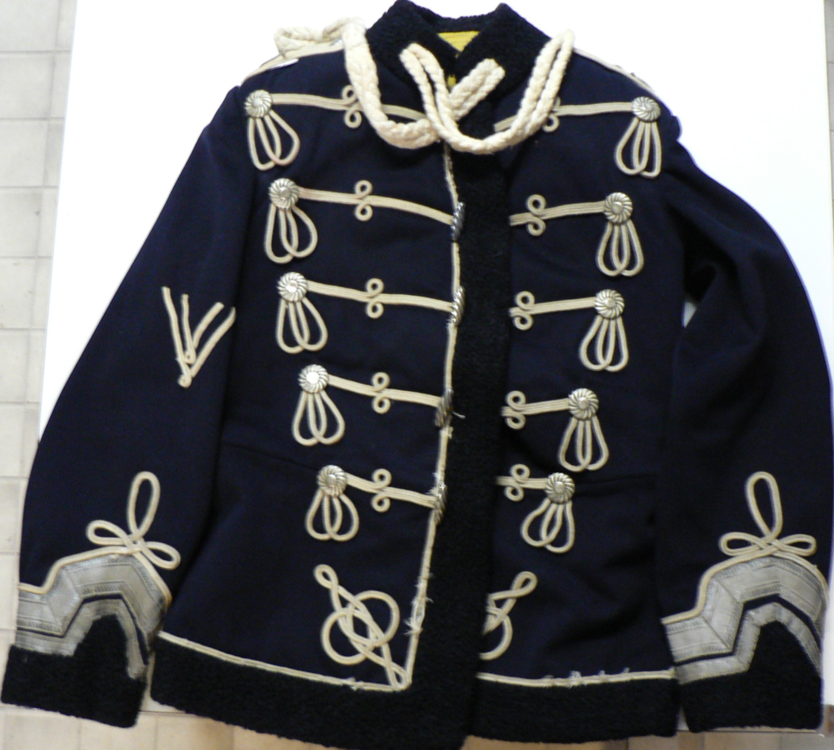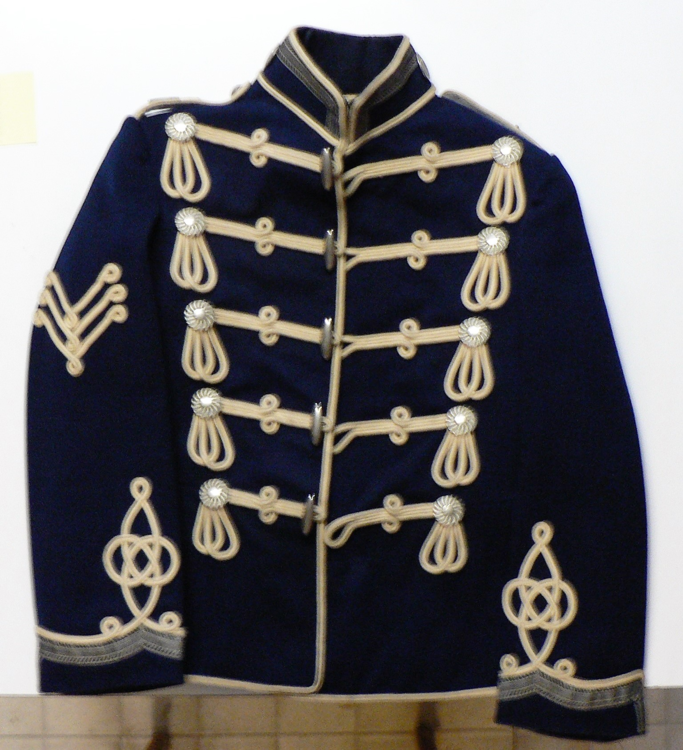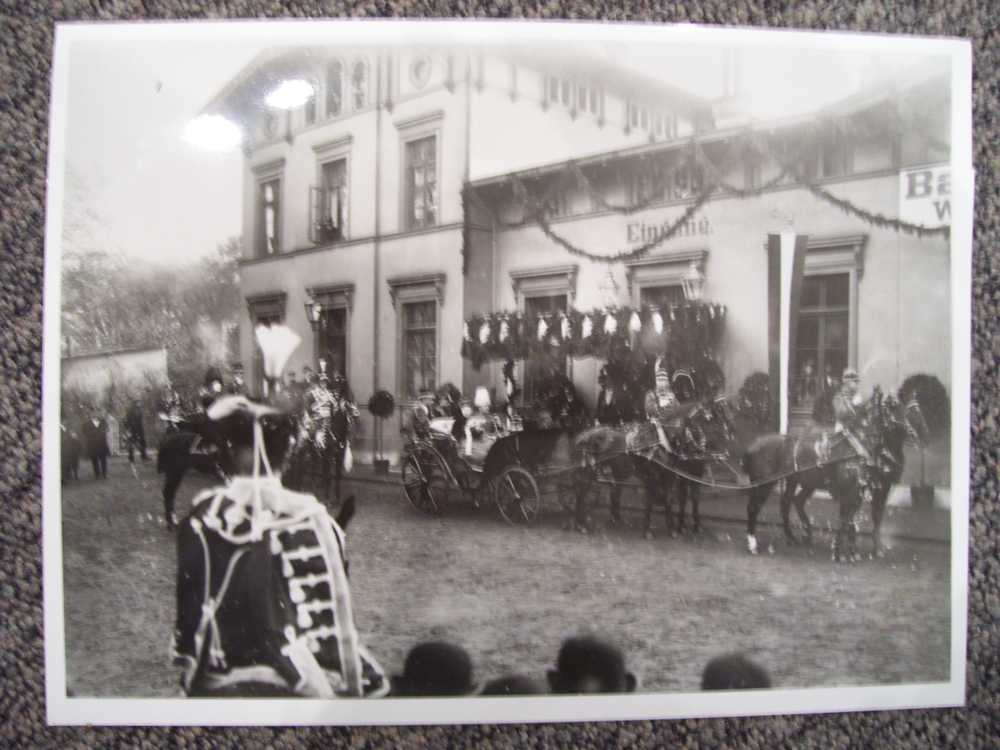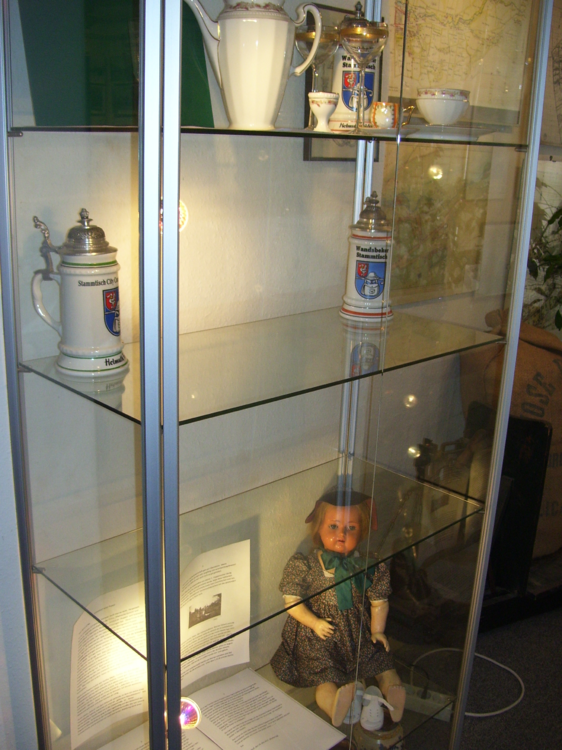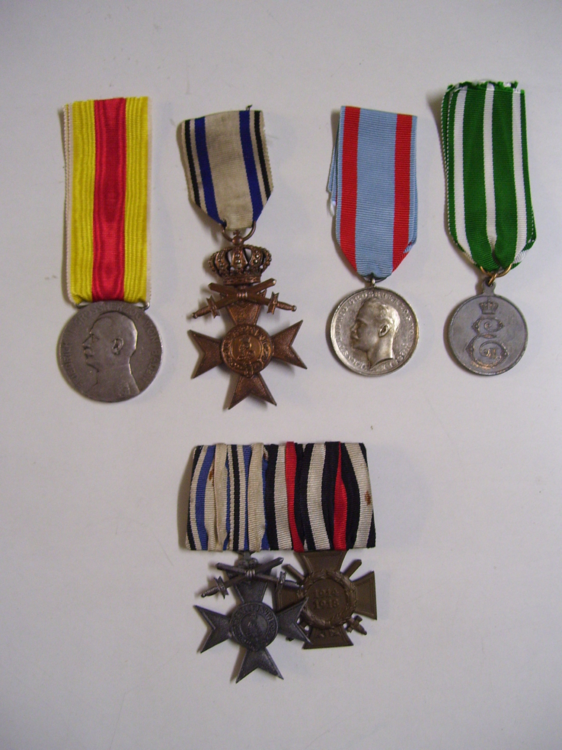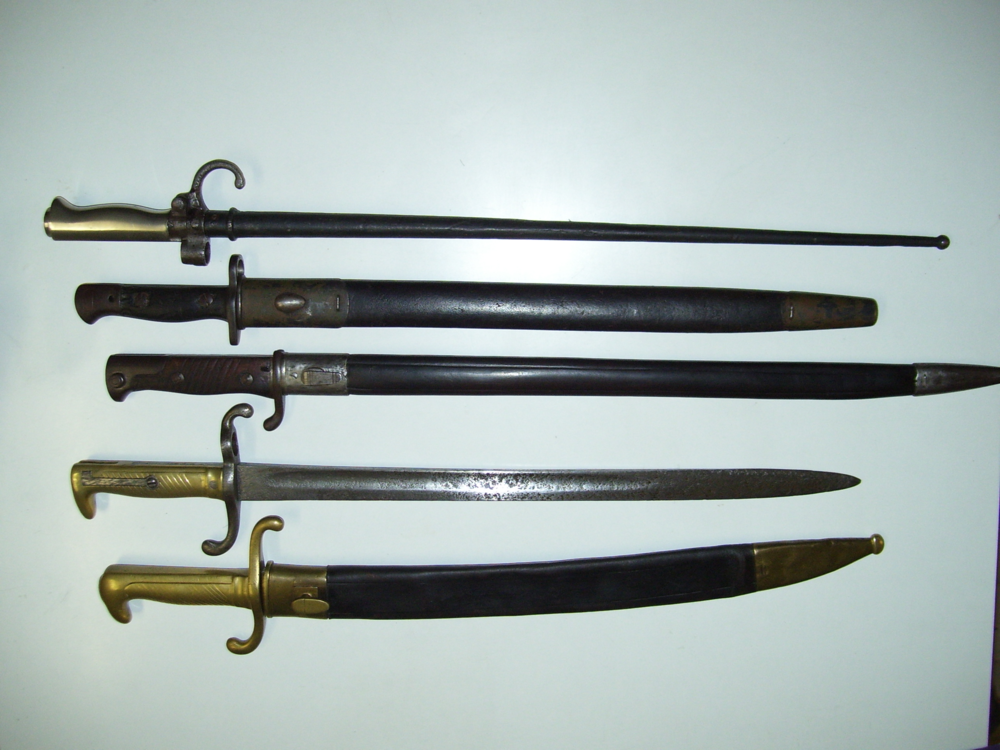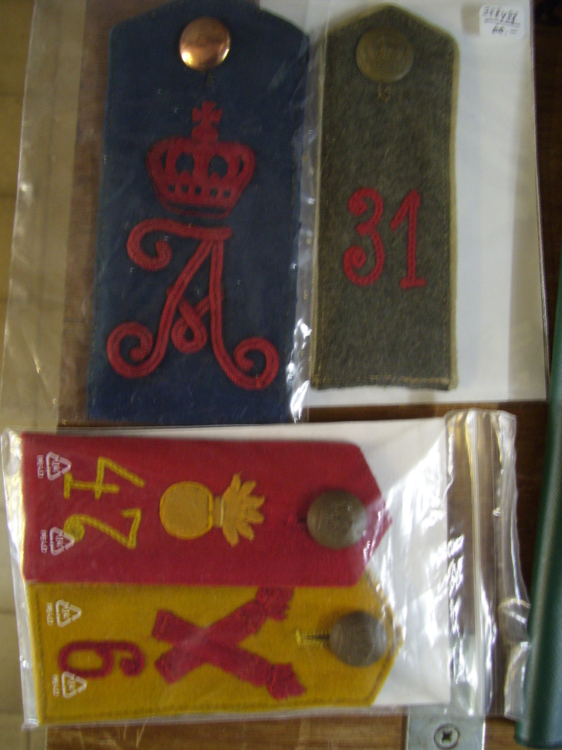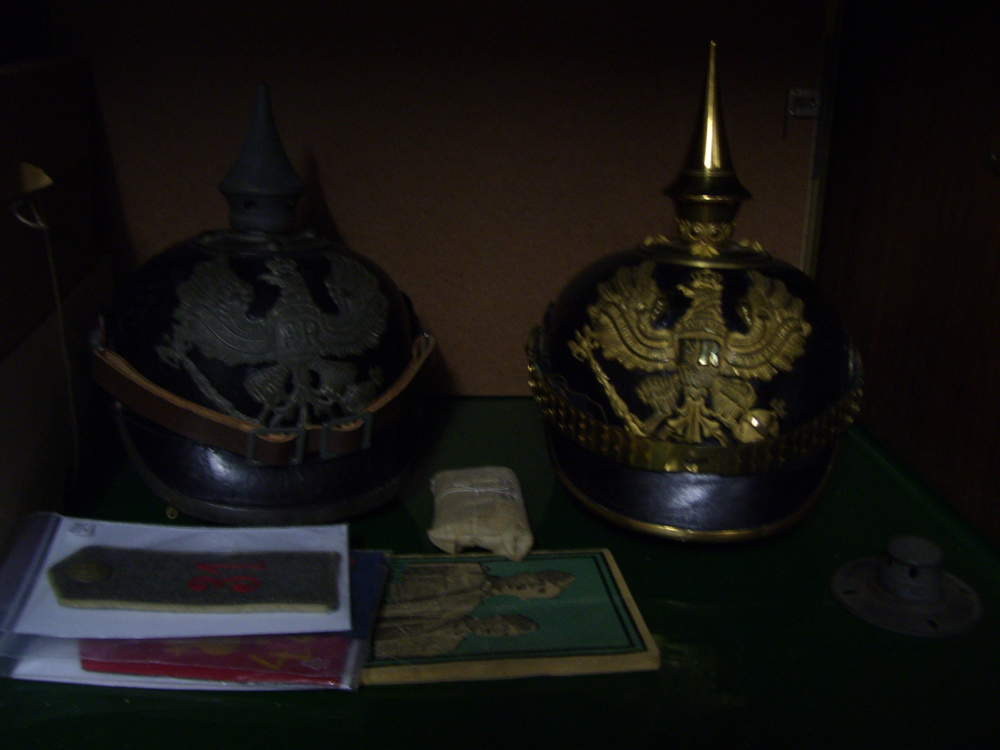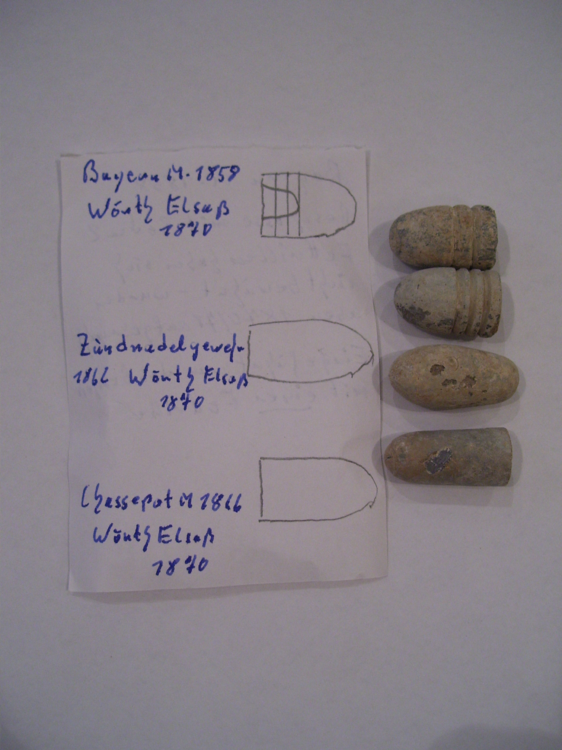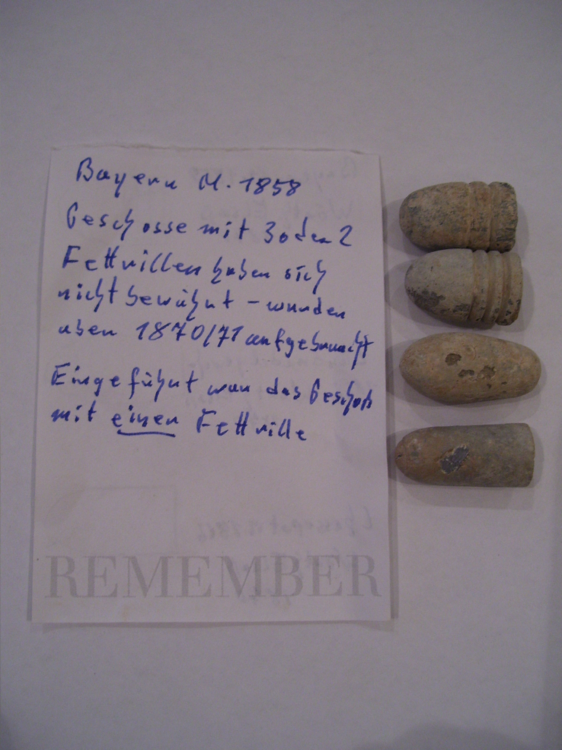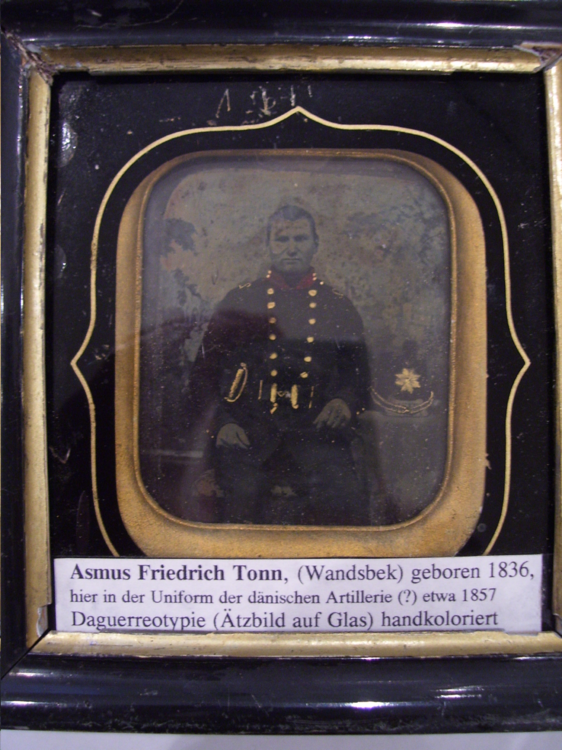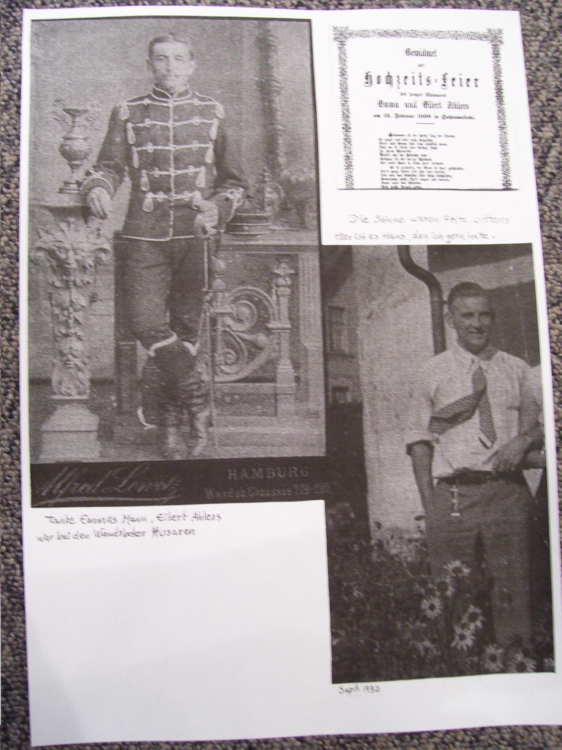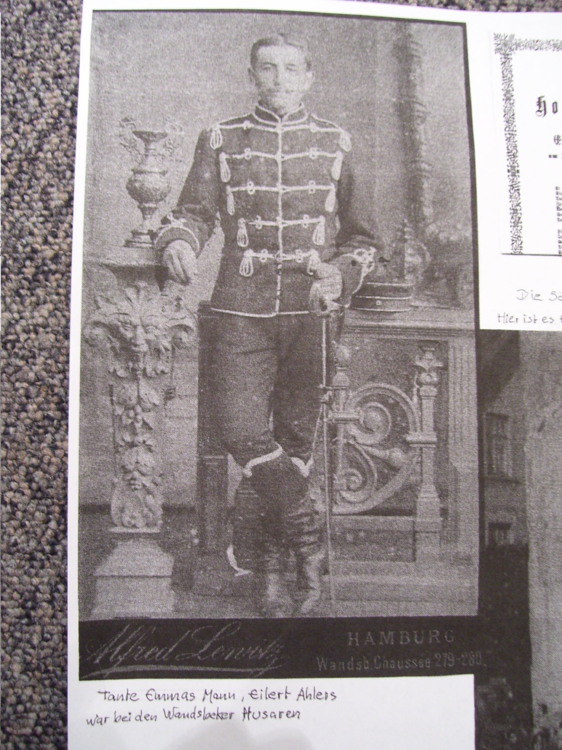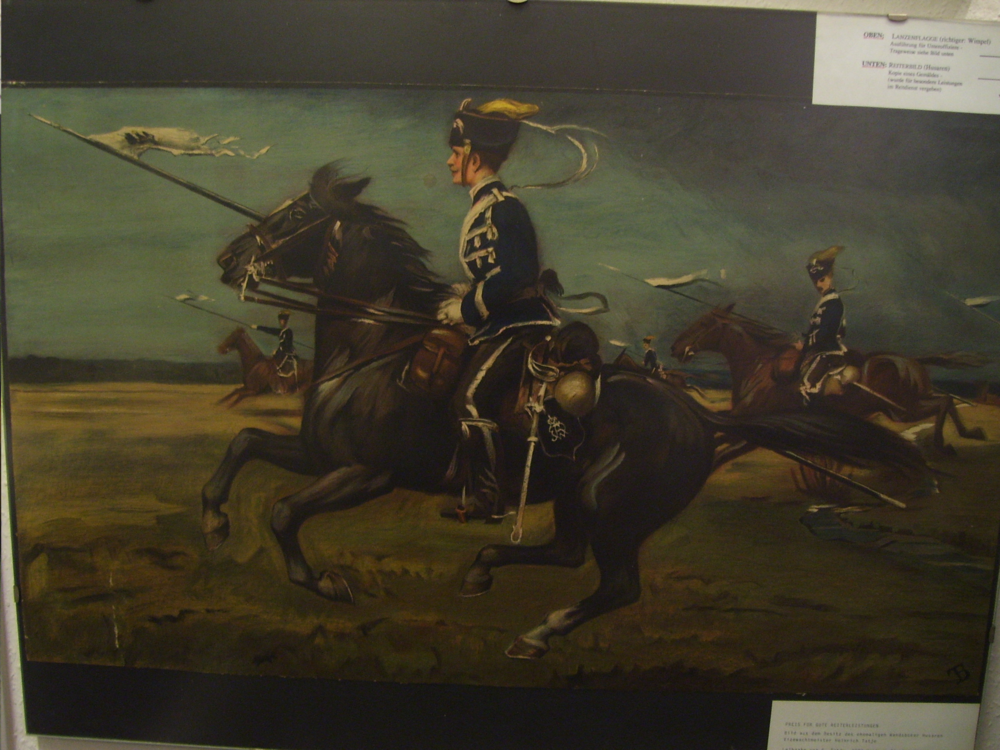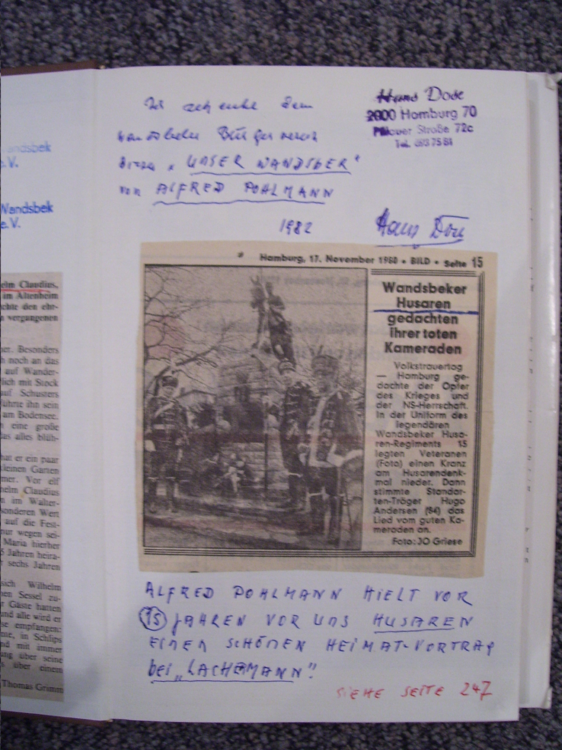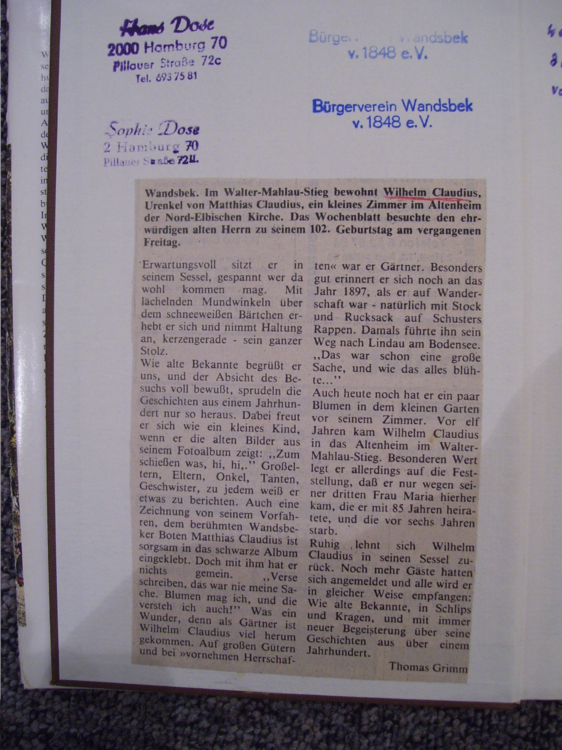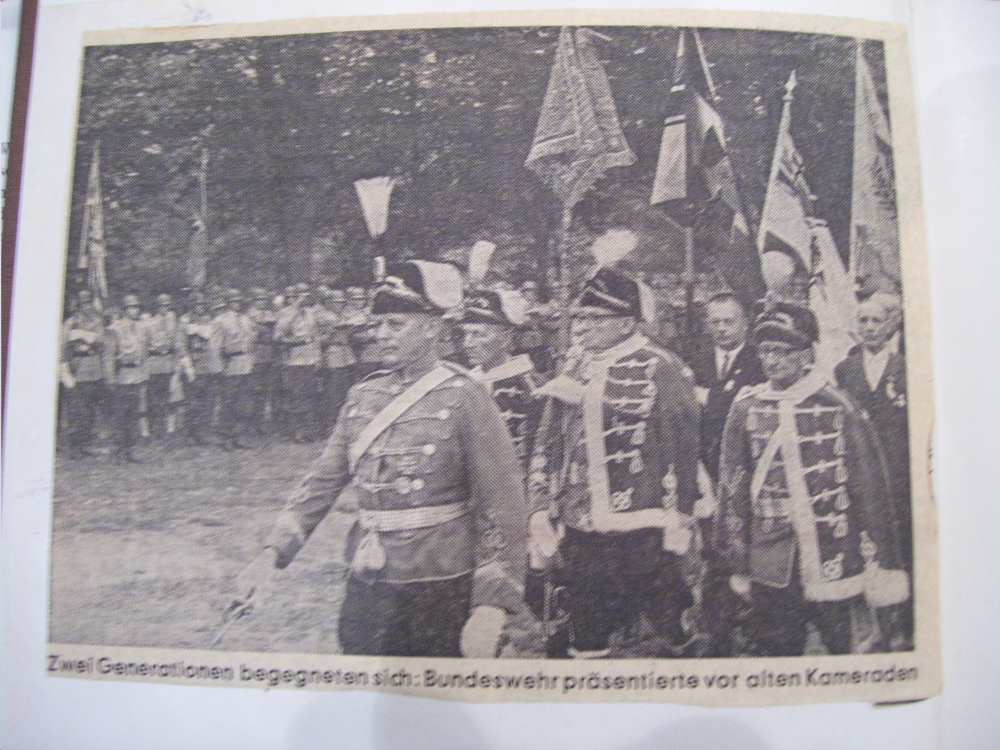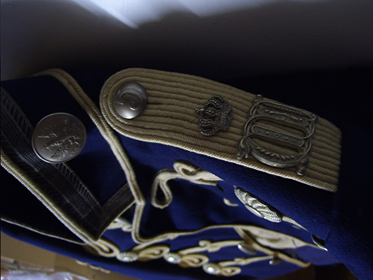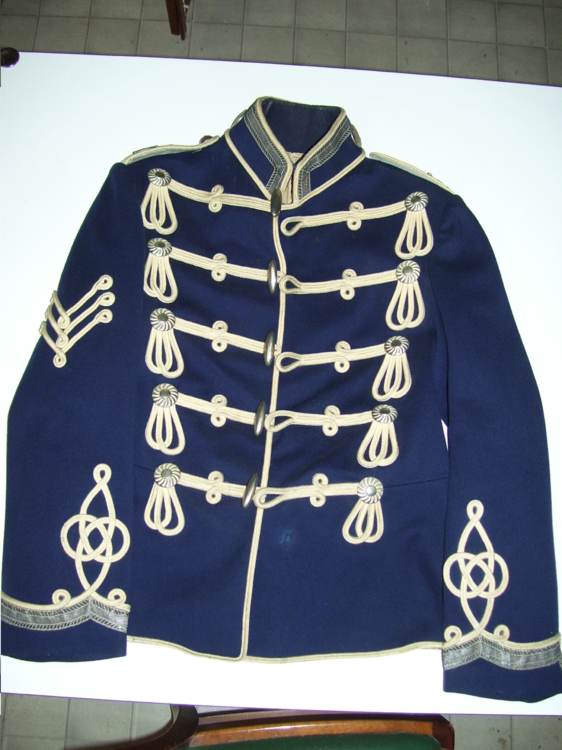Leaderboard
Popular Content
Showing content with the highest reputation on 21/08/19 in all areas
-
Here is a WW2 German Lafette tripod, which started off as a tripod for the MG34, this particular unit was modified after the war by the Austrian government to utilize the MG42/MG3 weapons. So this tripod is called a Lafette 34/42. This tripod is marked "eat 43 - 2614 h" which stood for Rudolf Schluckebier & Co, Eisenbahnbedarf (made units 1943-44), the serial/production number is 2614 and year of manufacture is 1943. It has what appears to be a primer coat of red under the green paint and has seen some usage. There are numerous Waffenamt stamps on various parts of the tripod. The tripod itself was very adaptable to the situation, you could raise or lower the height as needed, and by using this tripod, stabilized the weapon for sustained fire. There was an operating handle in which the weapons trigger was connected to to fire from. The Laying- & Search fire mechanism is marked "cql RH 1658", which stood for: Heinrich H Klüssendorf Werkzeuge, Berlin-Spandau, RH: 1943, and serial/production number 1658. The Tripod also includes a MGZ40 Scope, marked "gug 233" gug stood for Ungarische Optische Werke AG, Budapest, Hungary, which was part of the Siemens company. The way to tell if this was an Austrian re-work is to look at the forward weapon mount, which has a "BH" for Bundesheer with the Austrian Eagle and a serial number. The forward weapon mount has been replaced as well, original german types had a step looking appearance on the right side versus the Austrian types which had none. The bolt carrier box appears to be a post war replacement as well. Also shown is a deactivated MG42 for scale. Last few pictures show the tripod being folded up, which could be done very rapidly.1 point
-
Excellent. However the correct word is "Lafette". Lafayette was the name of a French aviation squadron with almost completely American volunteers 1915-17, named after the French Admiral, who assisted during the American war of independence, 1776-1783.1 point
-
Backpacks were made of cowhide (Kalbsfell) since 1718. I have a 1915 example, which I will post at a later date.1 point
-
1 point
-
One of my areas of interest is WW1 Ordnance, which is really hard to find here in the US, but not impossible. I found the shell casing below about a year ago in a antique show along the coast, I was amazed when I saw it, just the sheer size was impressive. I believe this to be for the 17 cm SK L/40 i.R.L. auf Eisenbahnwagen "Samuel" (SK - Schnellladekanone (quick-loading cannon), L/40 - Länge (40 caliber barrel), i.R.L. - in Räder-Lafette (on wheeled carriage) auf Eisenbahnwagen (on railroad car) as it meets the dimension and shell requirements. The 17 cm SK L/40 gun, made by Krupp, was originally designed for naval use on the Braunschweig-class and the Deutschland-class as a secondary armament. After 1916, the Navy transferred these canons to the army for use in the field. However it was found, not unsurprisingly they were extremely heavy. Even when broken down into 3 separate components it was still too heavy for horses to move. So the Germans decided instead to mount these guns on railway cars, in which they could be somewhat mobile. The railway car had a platform in which the gun sat that could be rotated and provided for recoil. The maximum firing elevation was only 45 degrees, which limited operations. Since this was a naval gun, it used the naval system for loading which used a brass casing that held the base charge, augmented by another bag of powder propellent. So this shell was used in gun that was 172.6 mm or 6.8 inches and weighed 62.8-64 Kg dependent on the shell type. The shell casing itself stand at 3 and half feet tall. The nose-fused high explosive shell (Sprenggranate) L/3 Kz had a range of 16,900 meters. The nose-fused high explosive shell with ballistic cap (Sprenggranate) L/4.7 Kz. (mit Haube) had a range of 24,020 meters. The gun itself weighed 61.5 tons. 30 of these massive guns were used on the Western Front starting in 1917, 8 were used in the 1918 spring offensive. 8 were captured by the allies in October 1918, and 14 were located after the war was over. In 1922, 14 of these guns were destroyed per the Inter-allied Commission of Control.1 point
-
The French model 1892 revolver was the standard issue revolver for the French military during WW1, and was in service with police forces until the 1960's. It was originally designed for officer use, however between 1892 and 1924, over 350,000 were made. These were issued to the French Army, Navy and Gendarmerie accordingly. This revolver is chambered in 8mm which is about the same power as a .32 ACP round. It was a very well made pistol, and mechanically sound. The cylinder opened to the right, where spent cartridges can be pushed out, new ones added. Afterwards the cylinder could be moved back into position and the locking arm moved upwards to secure the cylinder. Originally this revolver was designed to fire 8mm black powder rounds, however this was changed when smokeless powder emerged. The revolver could hold 6 rounds and was issued with a hard shell leather holster, which had a pouch that could hold 12 rounds. The leather holster could be worn on the belt or carried by a shoulder strap or both. This particular revolver is dated 1924 on the left side of the barrel. On the top of the barrel is marked "Model 1892". The right side of the frame has the inscription "Manufacture d'armes de Saint-Étienne". The serial number is also located on the right side. The main issue noted about this weapon is the stopping power, with the round about the equivalent of a .32 caliber, seemed a bit weak for a military weapon.1 point
-
Here is the US Model 1901 service revolver in .38 caliber long colt. As the US faced the reality of war, it soon realized it was not properly equipped to provide troops with necessary arms. M1911 semi-auto pistols were being produced, however they were not in sufficient numbers. The main reason the US moved away from the .38 to the .45 was stopping power. In the Philippines, the US military found the .38 to be a failure, which gave birth the widely popular M1911. During WW1, however 25,000 .38 revolvers of various models were taken out of storage and issued to non-combat/front line units such as the signal corps, engineers, artillery, etc. They were also used stateside for training purposes. It was even considered to put these revolvers back into production to meet the demands of war, but this was dismissed due the negative reputation of the .38 round. This particular revolver is marked "U.S. Army Model of 1901/No. 106311 on the butt. The rest of the revolver has all matching parts to correspond to the serial number. On the left side of the barrel is is marked "Colt D.A. (double action) 38" On the top of the barrel is the manufacturer's information. Only detraction are the wooden grips, at some point these were etched, normally they would be smooth plain wood. Although considered obsolete, this firearm and many others played a vital role in helping to end the conflict in Europe.1 point
-
7. June 2019 evening: The condition of the memorial is rapidly deteriorating, despite the fact that the restoration was to start early this year, nothing whatsoever has been done at all, and the site has been fenced in for two years now. The stonework is crumbling, have never seen such a state like this before, and the entire area is overgrown. Many years ago the gardens and lawns were regularly attended to, nothing is done anymore. The Bürgerverein Wandsbek, the organisation behind the Museum, is responsable for the memorial, according to a document from 1983, it is not a public memorial, but on public ground. For the last three years there have been no more wreath laying ceremonies on Rememberence Day each November, the Bundeswehr no longer attends, no one does. Some photos taken by a visitor to the Museum on 9th July 2019 Visit to Wandsbek on 5.11.1903 by Queen Wilhelmina of the Netherlands. Here outside Wandsbek Railway Station.1 point
-
1 point
-
Due to a sudden change in policy in the Museum, everything with a military connection has to be removed. particuarly "all items with no connection to Wandsbek". Husaren-Regiment 15 is the only subject still permitted, an "exception". Just a matter of time before that disappears as well. A visit from the Bundeswehr with 6-10 persons, which had been planned since early this year, was called off at very short notice the same day. Congratulations to the new politically correct display. Ideal for pensioners and bored housewives. Banned from the Museum's Displays: Withdrawn The Bayonet in the centre is now withdrawn, the remainder in storage Banned, now in storage Banned, now in storage1 point
-
Bullets found on the battlefield at Wörth (fought on 6.August 1870) Bavaria, 2x for M.1859 Gewehr Prussia, Zündnadelgewehr France, Chassepot, M.1866 A donation to the Museum on 12.March 2019 Danish soldier Asmus Friedrich Tonn from Wandsbek, born 1836, supposedly of the Danish Artillery, thought to be around 1857, an early Daguerrotype photo, handcoloured, gilded highlights. Similar appearance of Danish soldiers of the war of 1864. Original frame restored. A copy of a photo of Husar Eilert Ahlers, recently given by a visitor, pre 1897.1 point
-
1 point
-
A Wandsbek book by Alfred Pohlmann, published by Heinevetter in 1975 from the museum's collection. Formerly belonged to Husar Hans Dose. Various photos and news cuttings of interest have been pasted in by the owner. A large format possibly contemporary water colour scene. The uniforms are of the older variety, the KS 1852 was still in use till around 1892. A further uniform detail in improved quality. The March edition of WANDSBEK INFORMATIV presents the Prussian 1866 Faschinenmesser, acquired for the Museum last year.1 point




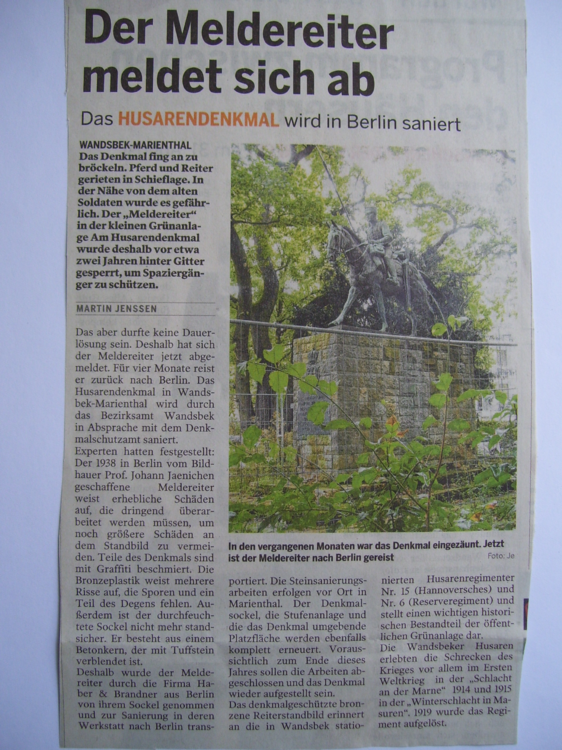
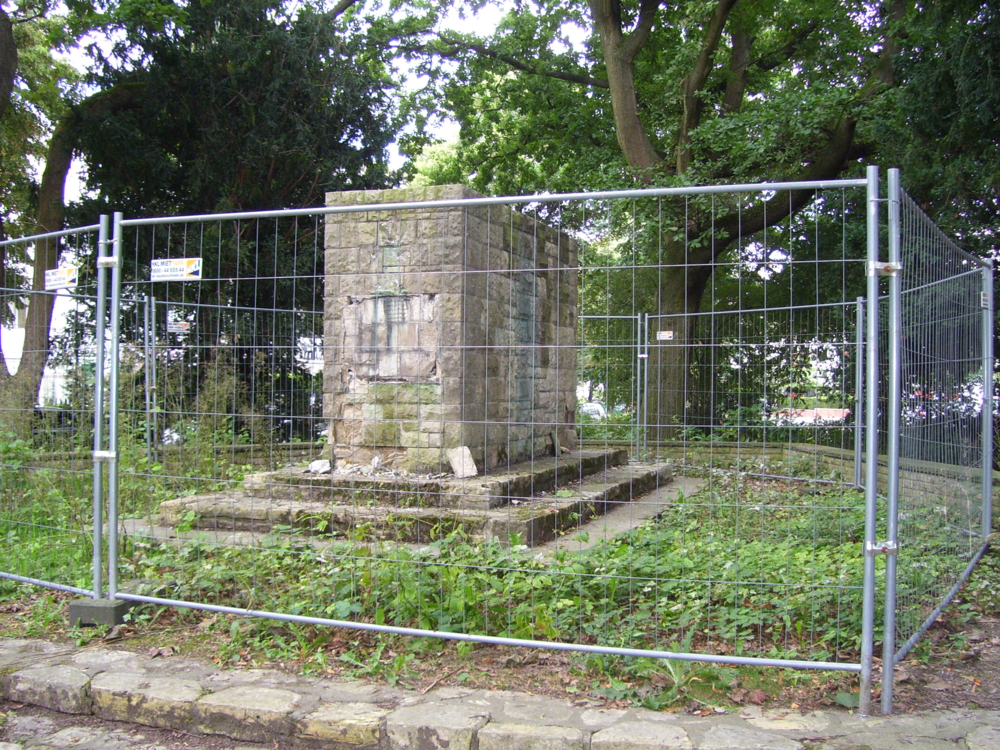
.jpg.6627f9cdbb270e46d5080a75ecdb04af.jpg)
